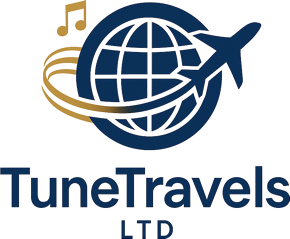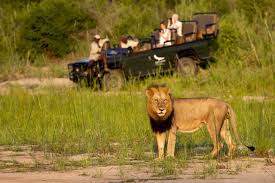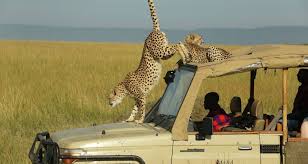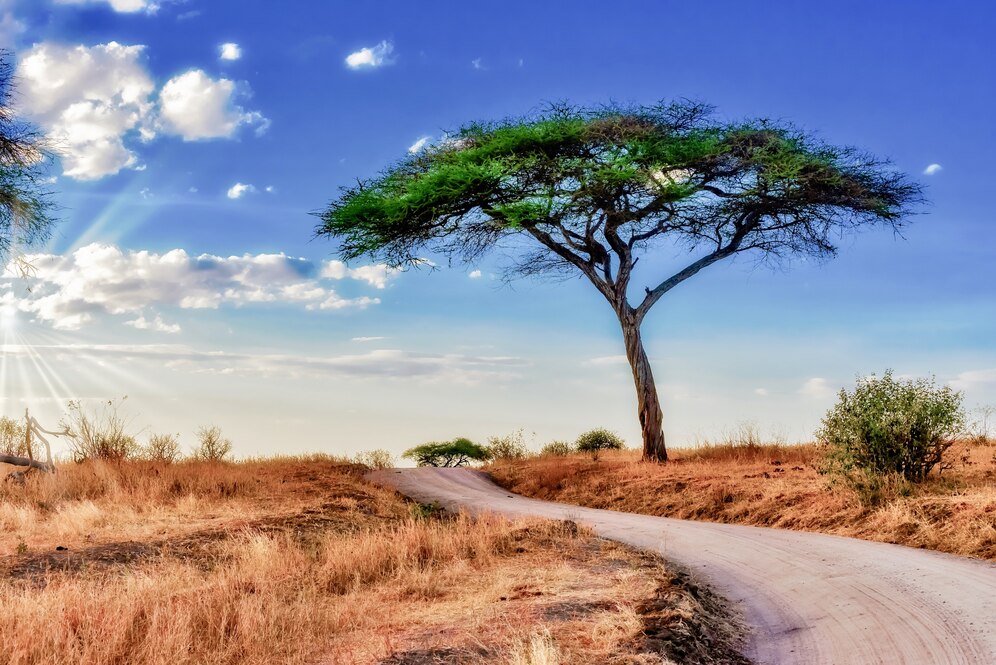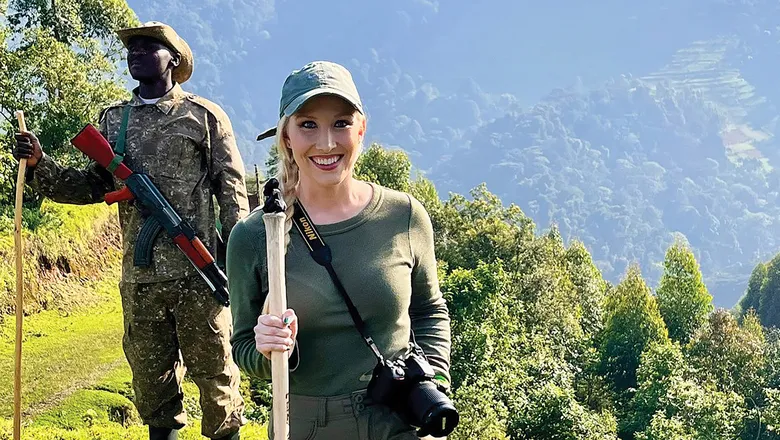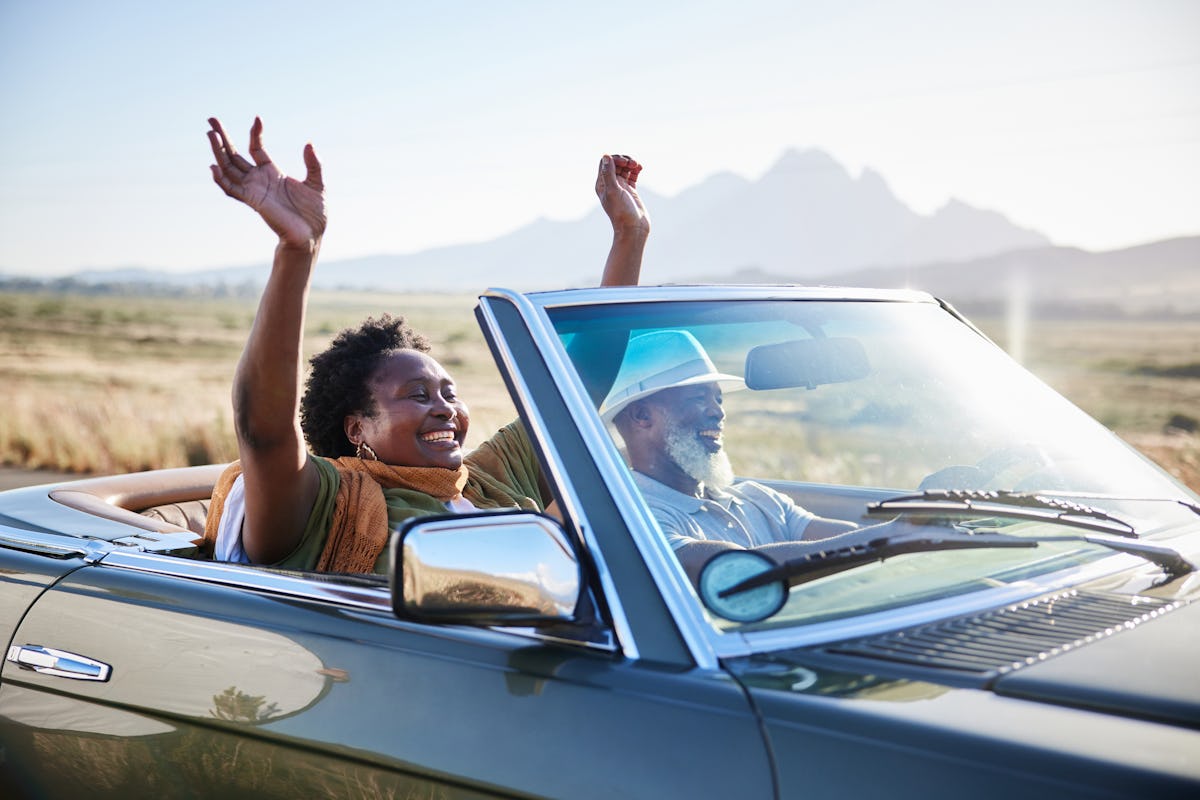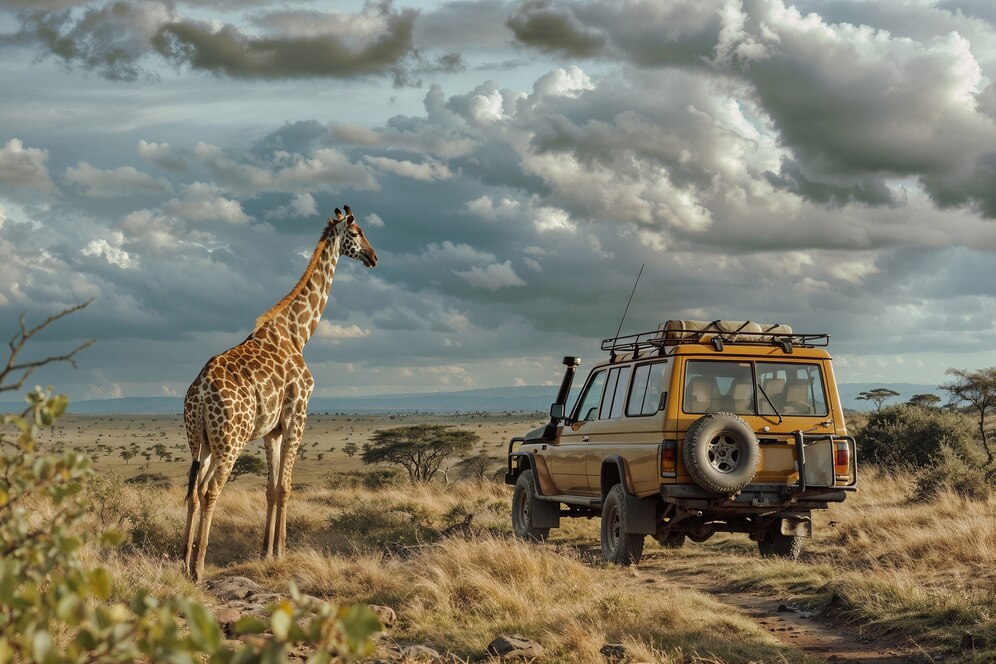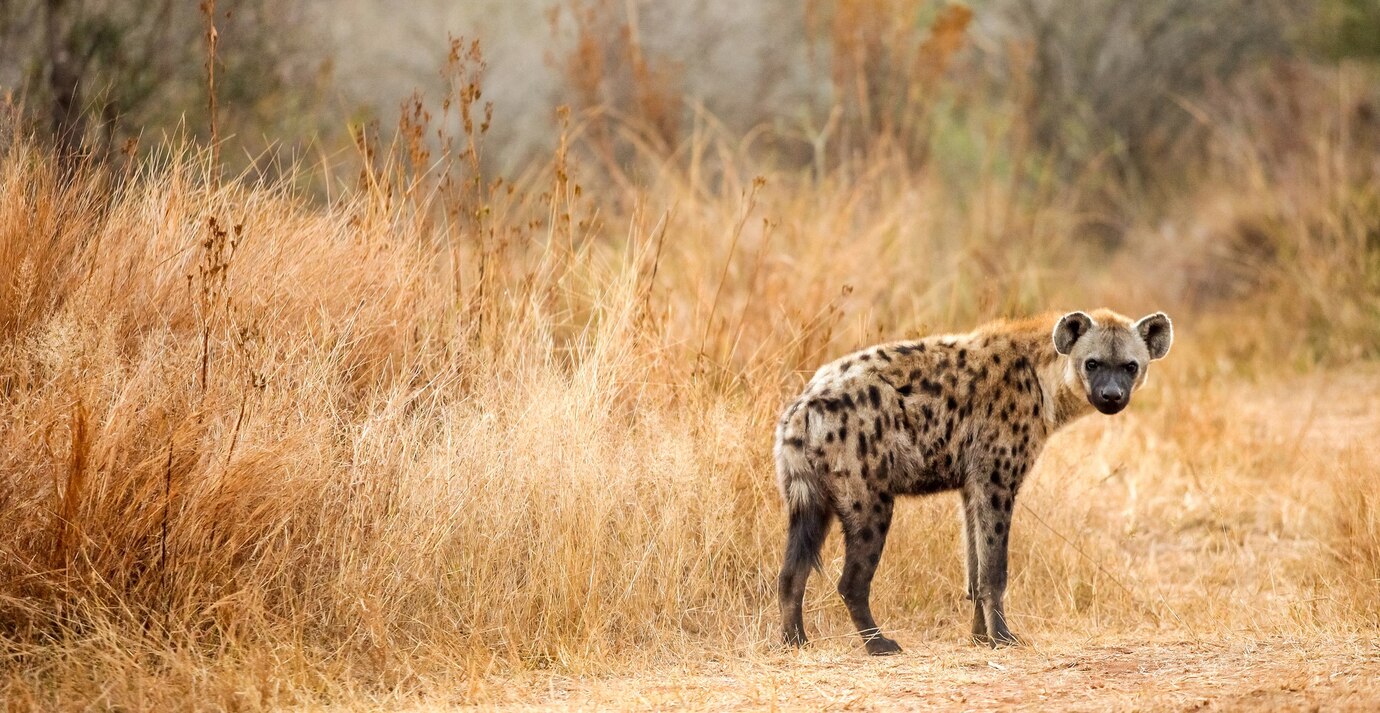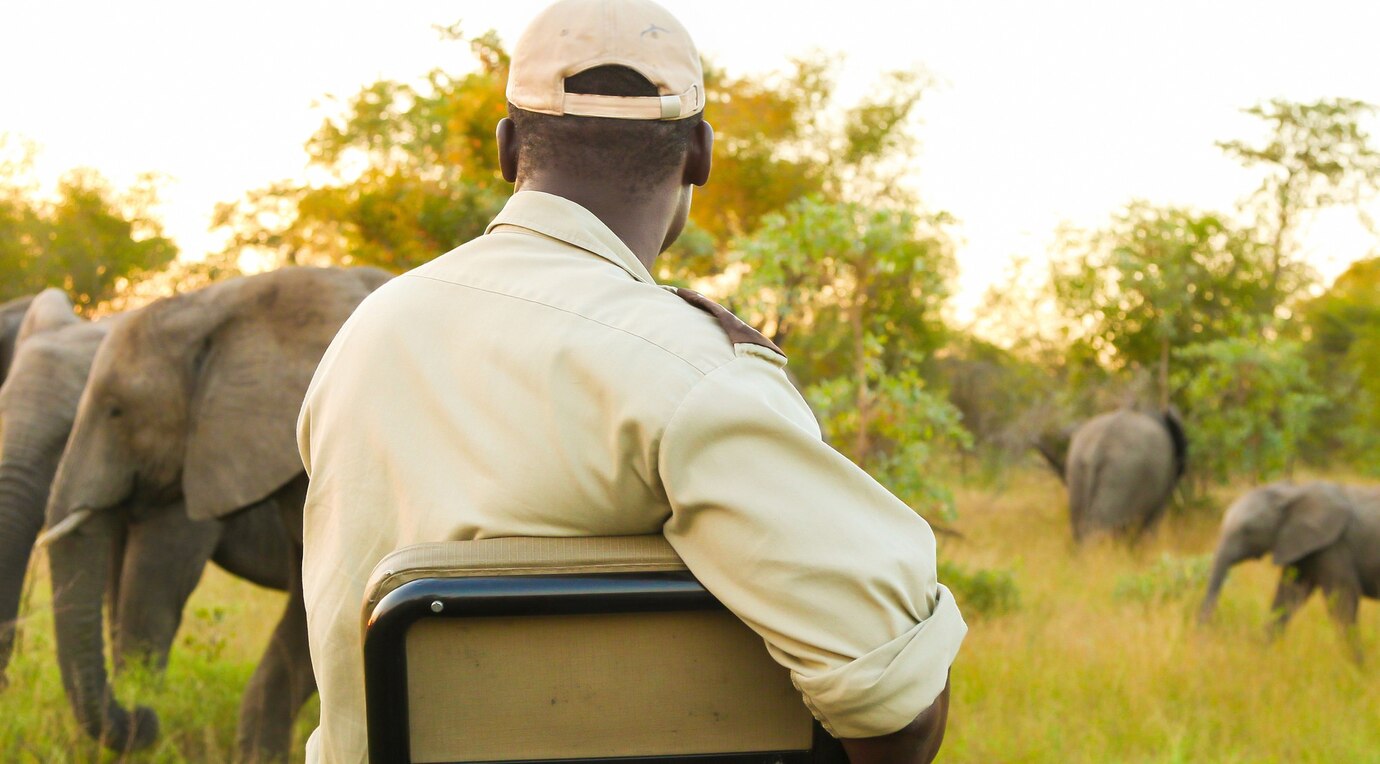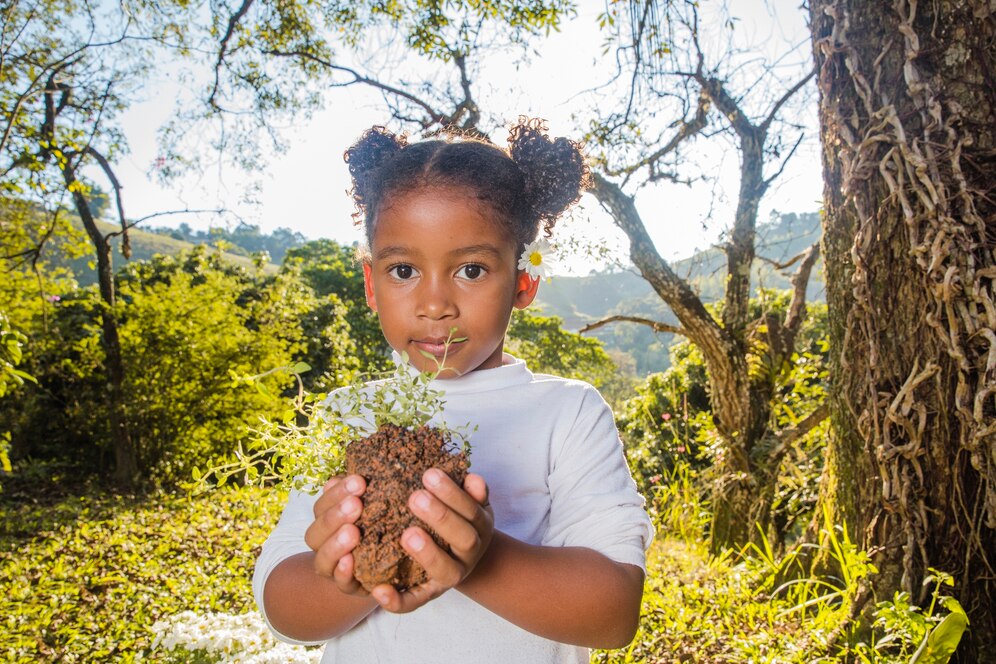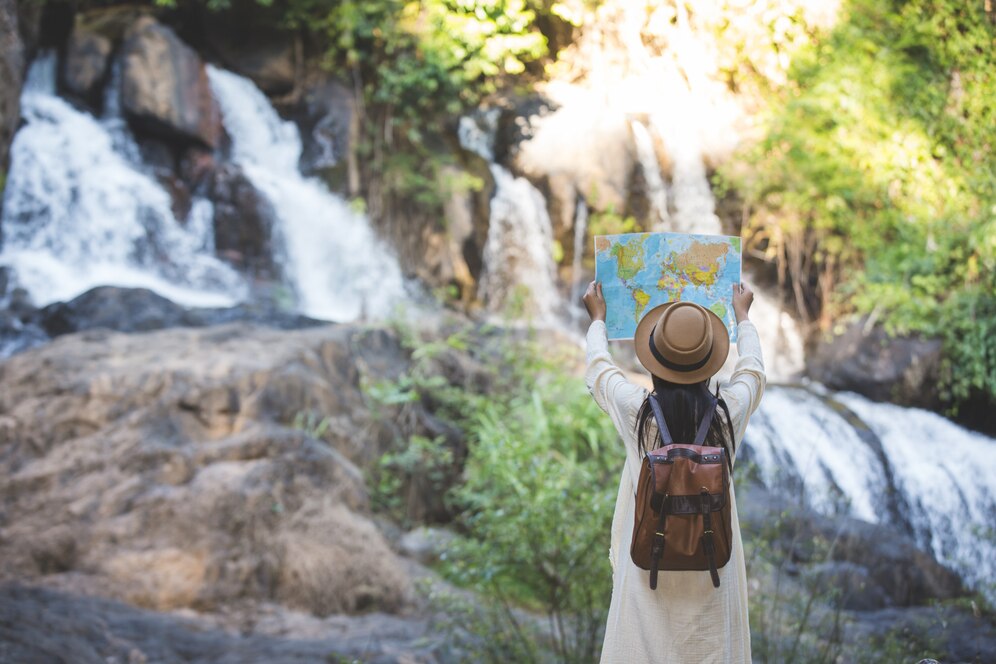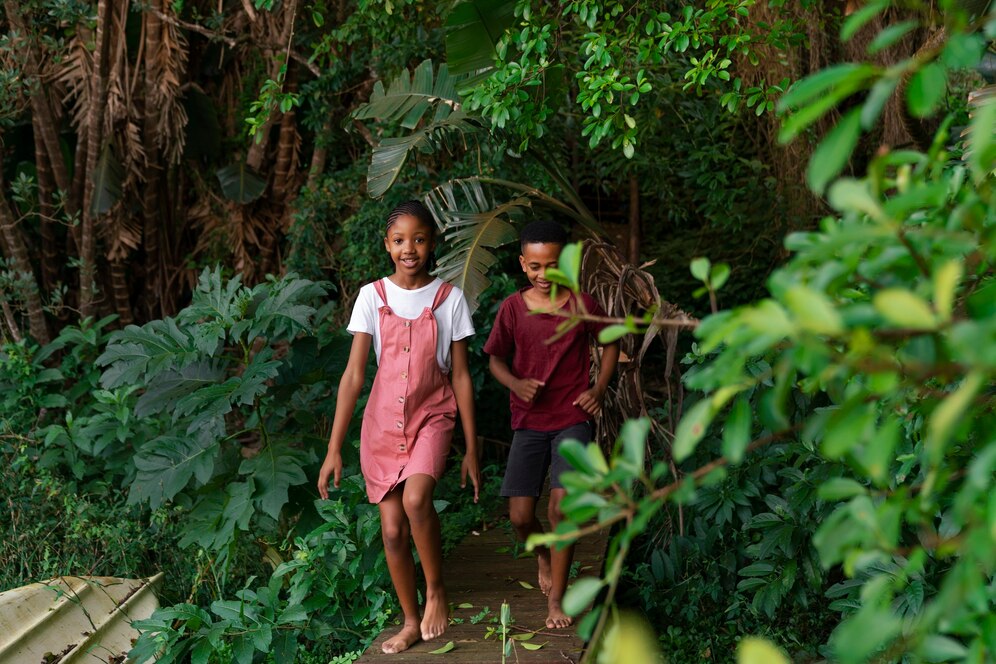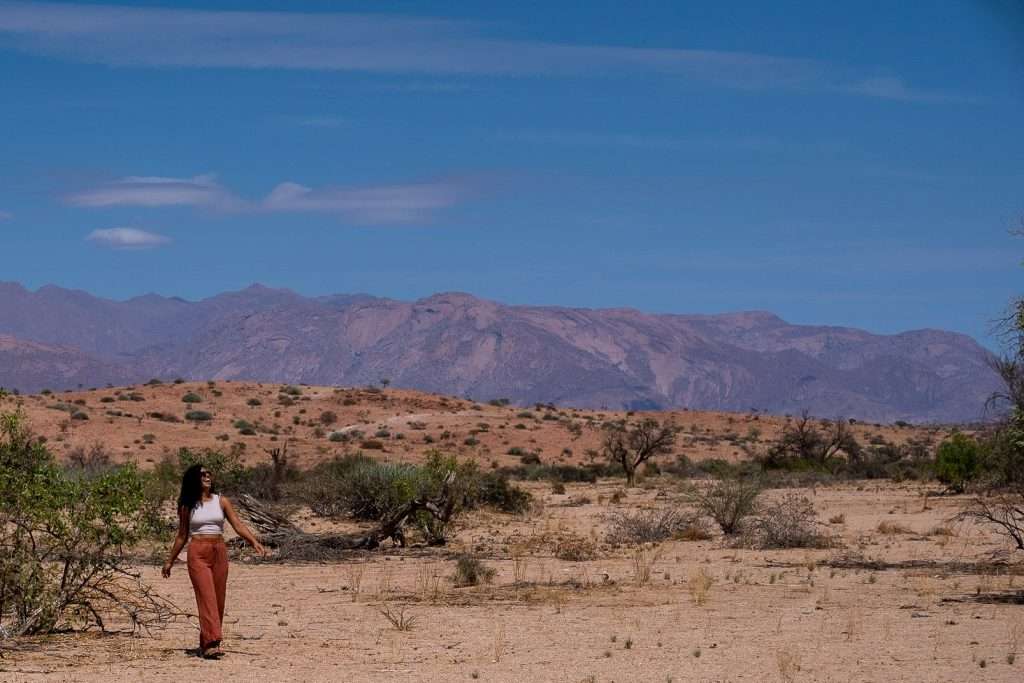
Namibia—land of vast deserts, surreal landscapes, and iconic wildlife—is increasingly on the radar for solo travelers seeking raw adventure and meaningful solitude. But how safe is it to explore Namibia alone, especially for those venturing far off the beaten track?
This guide offers an honest, experience-backed look at solo travel in Namibia, combining local knowledge, traveler insights, and safety tips so you can plan with confidence.
Overall Safety: One of Africa’s Safer Countries
Namibia is widely regarded as one of the safest countries in Africa for travelers. Its stable political environment and low population density contribute to relatively low levels of violent crime. That said, like any travel destination—especially one with vast remote areas—there are risks to consider.
While petty crime (especially in urban areas like Windhoek and Swakopmund) can occur, most solo travelers report overwhelmingly positive experiences, particularly when they stay aware and follow basic safety precautions.
Main Risks and How to Handle Them
🔐 Petty Theft
-
Risk: Opportunistic theft in busy areas, especially phones, laptops, or bags left visible in vehicles.
-
Precaution: Keep valuables out of sight, both in your accommodation and car. Avoid flashing electronics or money in public spaces. Never accept unsolicited help at ATMs.
🛻 Road Travel and Breakdowns
-
Risk: Long distances, extreme heat, rough gravel roads, and little traffic in remote regions can make breakdowns dangerous.
-
Precaution:
-
Rent a reliable vehicle—ideally a 4×4 with two spare tires.
-
Carry extra fuel, water, and a basic first-aid kit.
-
Avoid driving after dark—wildlife and speeding minibuses are a real hazard.
-
Inform someone of your route and check in when you can.
-
Know how to change a tire and drive defensively.
-
“I’ve driven hundreds of thousands of kilometers across Namibia solo. The biggest risk isn’t crime—it’s isolation. A basic breakdown in the heat, hours from the nearest help, can be very serious.”
🦓 Wildlife
-
Risk: Encountering wild animals, especially while self-driving through national parks.
-
Precaution: Stay inside your vehicle, keep a safe distance, and never feed wildlife. Follow park rules and consider hiring a local guide for wildlife-heavy areas.
📶 Remoteness and Connectivity
-
Risk: Many regions are extremely isolated, and mobile coverage can be spotty.
-
Precaution:
-
Carry a local SIM card or a satellite phone if venturing far off-grid.
-
Download offline maps and have a paper backup.
-
Travel with a solid itinerary and communicate it to someone back home.
-
🦟 Health Risks
-
Risk: Malaria in northern Namibia and general medical access issues in remote areas.
-
Precaution:
-
Consult a travel clinic about vaccinations and malaria prophylaxis.
-
Pack a personal medical kit and carry travel insurance that includes emergency evacuation.
-
Traveling With Firearms
For conservationists or hunters (like some travelers heading to Namibia’s private reserves), carrying firearms adds a unique safety and legal dimension:
-
Ensure you have all necessary import and transport permits, and check that your rental agency allows firearms in the vehicle.
-
Be discreet and secure your weapons when not in use.
-
Always check local and national regulations—this is non-negotiable.
If traveling solo with firearms across remote terrain, it’s even more essential to maintain communication and avoid traveling after dark.
Safety Tips for Solo Travelers in Namibia
-
Plan in advance and share your itinerary.
-
Choose safe, well-reviewed lodgings, especially those used to hosting solo travelers.
-
Get a local SIM card for calls and navigation.
-
Avoid walking alone at night, especially in Windhoek.
-
Slow down when you see movement by the roadside—wildlife and people can appear unexpectedly.
-
Trust your instincts—if something doesn’t feel right, change your plan.
Real-World Solo Travel in Namibia
Many travelers—especially solo women—have found Namibia to be one of the most empowering solo destinations.
“I traveled solo for three weeks through Namibia, from Etosha to the Namib Rand. I joined a guided safari for a few days, stayed in lovely eco-lodges, and did a lot of driving solo. Planning was everything, but I never once felt unsafe.”
Conclusion
Namibia is not only breathtakingly beautiful—it’s also one of the safest countries in Africa for solo travel, provided you respect its unique challenges. Its isolation, while part of the appeal, is also what demands the most careful planning.
With the right preparation—reliable transport, a flexible but clear itinerary, and situational awareness—Namibia can be one of the most rewarding solo travel experiences out there. Whether you’re a photographer, a conservationist, or just chasing solitude beneath the stars, you’ll find a special kind of freedom in Namibia.
